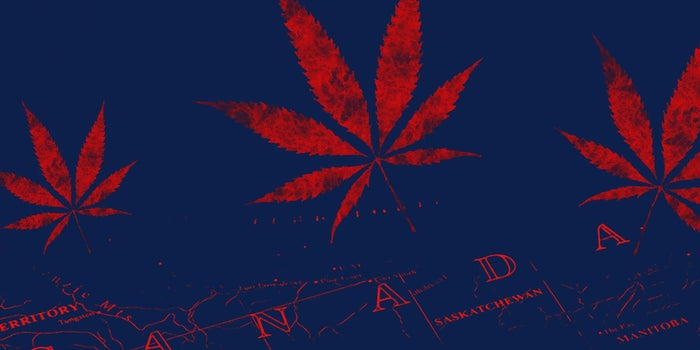You are here
Home 🌿 Marijuana Politics 🌿 Canada's Legalization Missteps, And What Entrepreneurs In The U.S. Can Learn From Them 🌿Canada's Legalization Missteps, And What Entrepreneurs In The U.S. Can Learn From Them

There are lessons to be learned north of the border when it comes to marijuana. Unfortunately, for Canadians, many have to do with what you should not do.
Since Canada legalized adult use marijuana in October 2018, that nation has experienced a host of problems that offer insight for both entrepreneurs and government officials. Forewarned is forearmed, and the United States has plenty to learn with national legalization in Canada.
Marijuana Stock Were Trading “On Fantasy”
For investors, it’s important to tread carefully. Canadian marijuana-related stocks have been on a rollercoaster ride. And slower-than-expected cannabis sales have led to a 17 percent drop in wholesale prices, according to the BBC, which in turn caused a drop in stock prices for publicly traded marijuana companies.
Jonathan Rubin, CEO of New Leaf Data Services, told the BBC that “it didn’t take a rocket scientist to see these stocks were trading on fantasy, not fundamentals.” He stopped short of calling legalization in Canada a failure, but said “there’s definitely frustrations.”
According to data quoted in the New York Times, the stock price of the six leading marijuana stocks in Canada fell 56 percent in the first year of legalization.
Government Drags Its Feet On Approving Dispensaries
While cannabis sales in Canada have increased steadily each month since October 2018, inventory has grown at a faster pace. That’s led to oversupply and a drop in prices.
Also, dispensaries in heavily populated Ontario and Quebec have been slow to open as governments in both provinces have been approving dispensary licenses at a “glacial pace,” according to the Times. That’s driven some consumers to turn back to the black market, where plenty of product is available, and the price is cheaper (because of zero taxes).
The lesson for entrepreneurs is the classic one about supply and demand. Also, the cannabis business is about more than producing quality weed, but also excelling as a consumer packaged goods supplier. That includes good marketing, managed inventory and smart pricing.
Lack Of Edibles
Because they wanted more time to write the rules around cannabis edibles, Canadian officials greenlit legalization without approving edibles sales. That certainly limited the potential for growth in the market, as edible sales have increased 900 percent in the U.S. alone. They also satisfy consumer demand by offering them an option other than smoking weed.
The situation in Canada has reached a point where authorities are expecting a wave of insolvencies in 2020, according to the Financial Times. However, many expect at least a slight turnaround as edibles and cannabis-infused drinks hit the market in December 2019.
The challenges faced by Canada are often what happens when you’re among the first to foray into a new industry. But for those waiting for national legalization in the U.S., it's an ongoing lesson on the problems government officials and entrepreneurs in America will likely face.
420 Intel is Your Source for Marijuana News
420 Intel Canada is your leading news source for the Canadian cannabis industry. Get the latest updates on Canadian cannabis stocks and developments on how Canada continues to be a major player in the worldwide recreational and medical cannabis industry.
420 Intel Canada is the Canadian Industry news outlet that will keep you updated on how these Canadian developments in recreational and medical marijuana will impact the country and the world. Our commitment is to bring you the most important cannabis news stories from across Canada every day of the week.
Marijuana industry news is a constant endeavor with new developments each day. For marijuana news across the True North, 420 Intel Canada promises to bring you quality, Canadian, cannabis industry news.
You can get 420 Intel news delivered directly to your inbox by signing up for our daily marijuana news, ensuring you’re always kept up to date on the ever-changing cannabis industry. To stay even better informed about marijuana legalization news follow us on Twitter, Facebook and LinkedIn.




